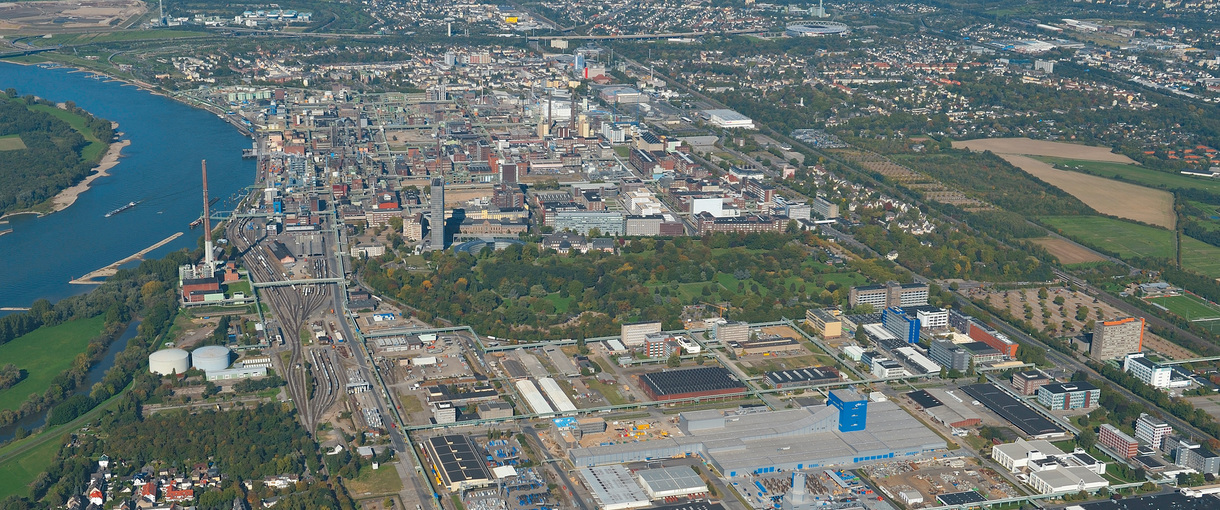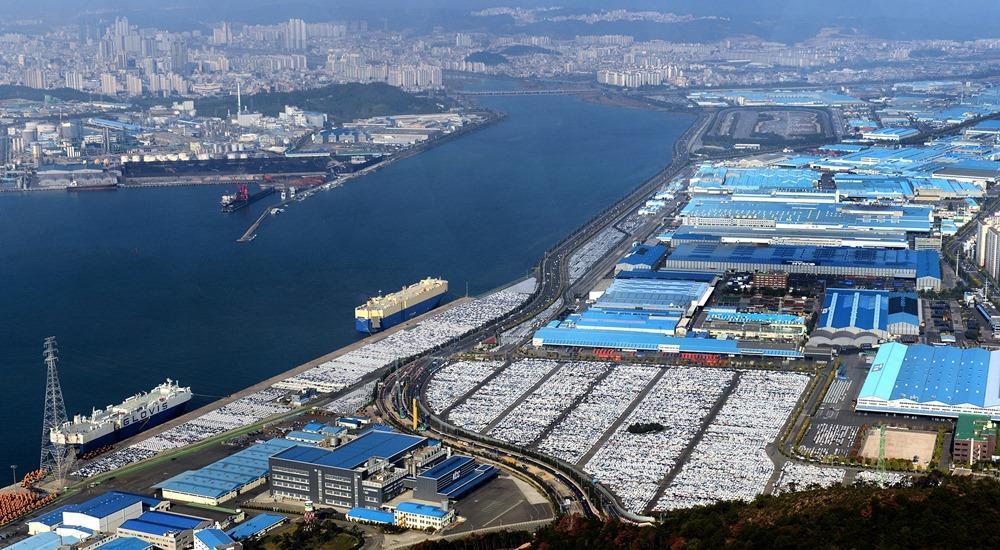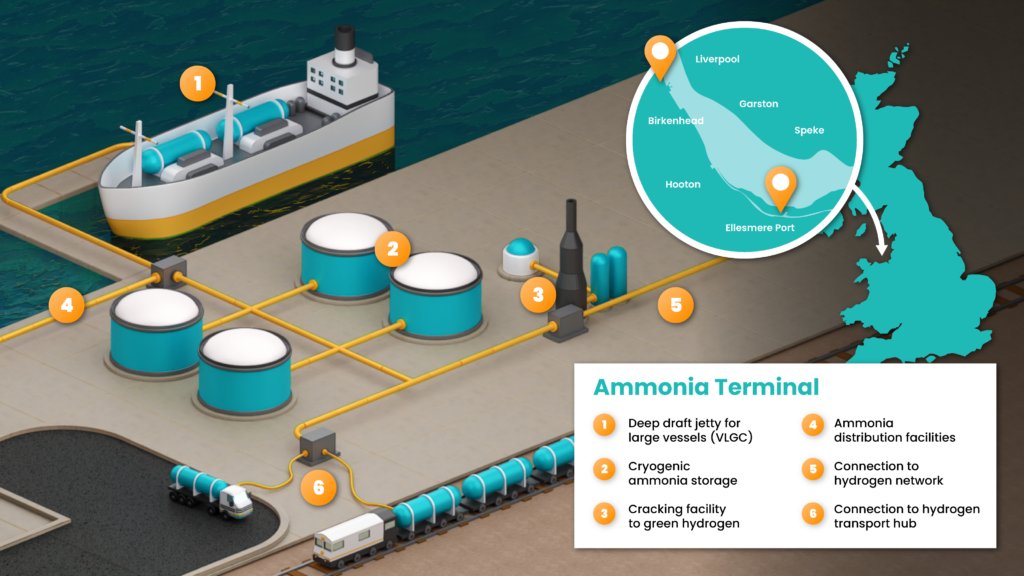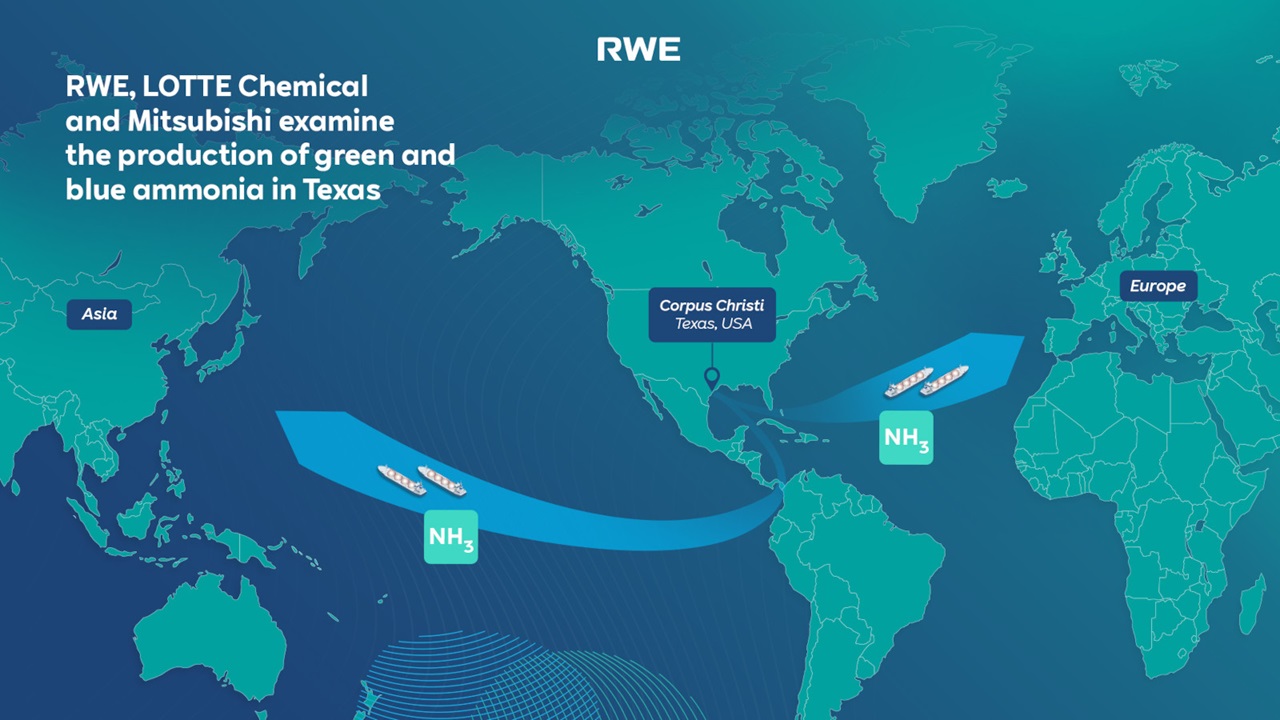Clean ammonia production in West Virginia
The Adams Fork Energy clean ammonia project will produce up to 2.16 million tonnes per year of ammonia, based on gas feedstock and CCS. The project will serve as the anchor for the Appalachian Regional Clean Hydrogen Hub, one of a number of applications being considered by the US Department of Energy for funding as part of a $7 billion jump-start program.









